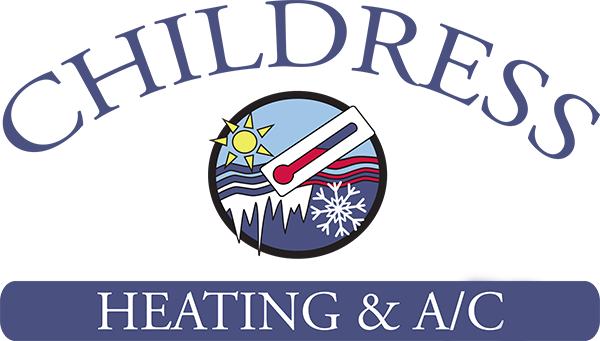The thought of using both a furnace and heat pump might feel somewhat strange at first. After all, why would you need two sources of heat? Even though furnaces and heat pumps both produce energy-efficient heat, the changes in their design genuinely make installing both of them a reasonable option. It’s not for everyone, but in the right conditions you can truly benefit from using a furnace and a heat pump.
You should take a look at several factors in order to confirm if this sort of setup helps you. Your local climate and the square footage of your home are both very important, namely for the heat pump. This is because numerous models of heat pumps start to work less effectively in winter weather and larger homes. That being said, you can still benefit from heat pump installation in Fredericksburg.
Heat Pumps Can Be Less Effective in Colder Weather
Heat pumps are typically less reliable in colder weather due to how they create climate control to begin with. Compared to furnaces, which ignite fuel to generate heat, a heat pump reverses its supply of refrigerant to extract heat from outdoor air. This heat is then pulled inside and distributed around your home. As long as there is still a bit of heat energy in the air, a heat pump will function. But the lower the temperature, the less reliable this process is.
The less heat energy is accessible outside, the more time is needed for a heat pump to draw heat indoors to generate your desired temperature. It might depend on the type of make and model, but heat pumps generally start to drop in efficiency at temperatures of 40 degrees and colder. They can still be an energy-efficient option until 20-25 degrees, at which a gas furnace will be more effective.
What Temperatures Do Heat Pumps Work Best In?
Heat pumps work best in temperate climates 40 degrees and up. That being said, you don’t have to lose out on the benefits of a heat pump just because the local climate is cold. After all, that’s why owning both a furnace and heat pump can be worth the expense. You can keep the heat pump for energy-efficient heat until the weather is chilly enough to call for switching to something like a gas furnace.
Certain makes and models boast greater efficiency in cold weather. For example, the Lennox MLA heat pump is capable of running at 100% capacity at 0°F. It can even continue running in temperatures as extreme as -22°F. For maximum energy efficiency, you’ll likely still want to swap to the furnace in especially cold weather.
So Should I Put in a Heat Pump if I Use a Gas Furnace?
If you’re serious about maintaining the most energy-efficient HVAC system available, having a heat pump and gas furnace at the same time warrants the investment. Not only is a dual-heating system adaptable, but it features other perks such as:
- A source of backup heating – A redundant heating system means even if one stops working, you still have the capability to heat your home. It might not be the most energy efficient, but it’s better than shivering in an unheated home while you sit around for repairs.
- Lower energy costs – The ability to decide which heating system you use according to the highest energy efficiency decreases your total costs. Smaller heating bills over the life span of these heaters can really add up to lots of savings.
- Less strain on both systems – Compared to running one system all winter long, heating responsibilities are split between the furnace and heat pump. Crucial components may survive longer as they’re not under continuous use.
If you’re still hesitant about heat pump installation in Fredericksburg, don’t hesitate to contact your local professional technicians. They can evaluate your home’s comfort needs and help you determine if a dual-heating HVAC system is the right option.
